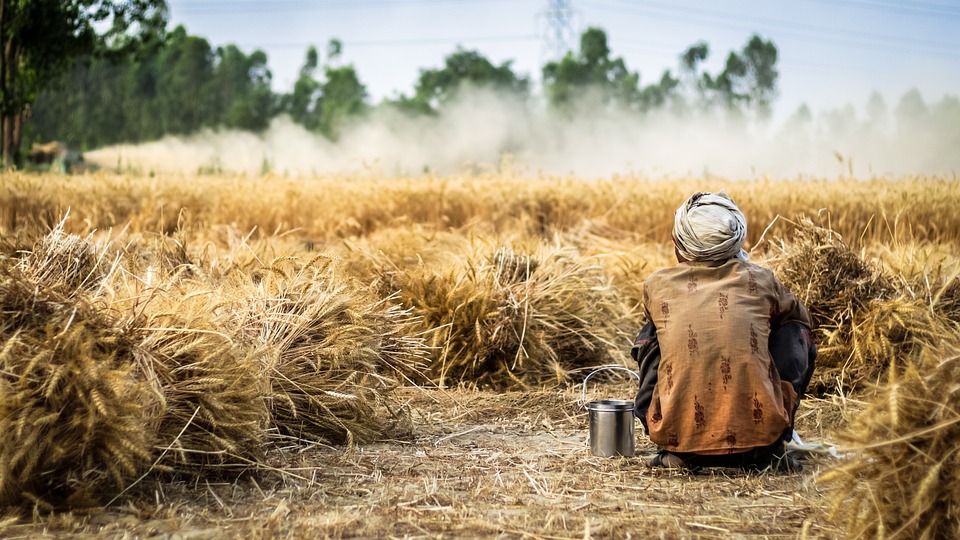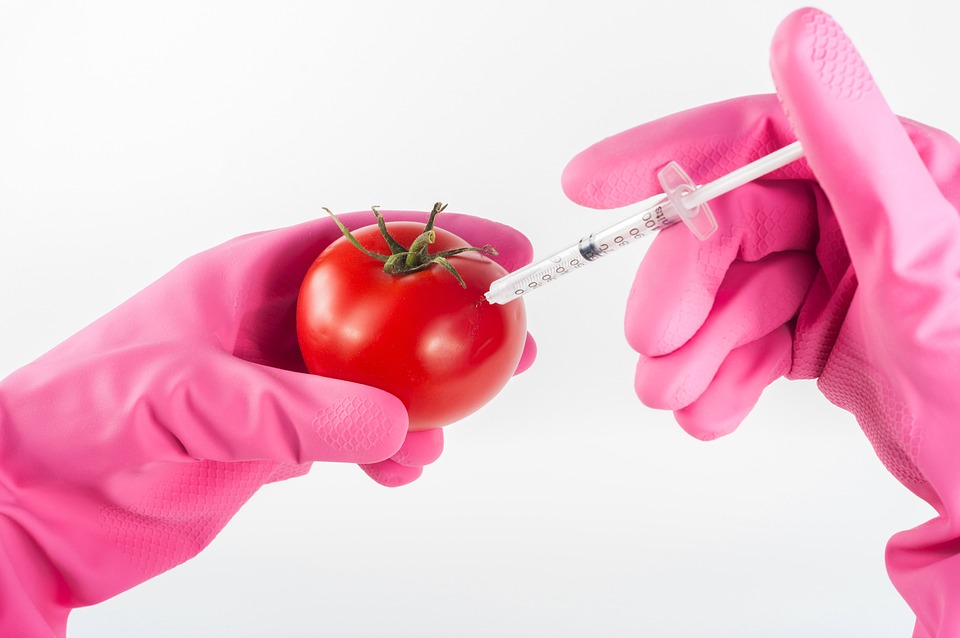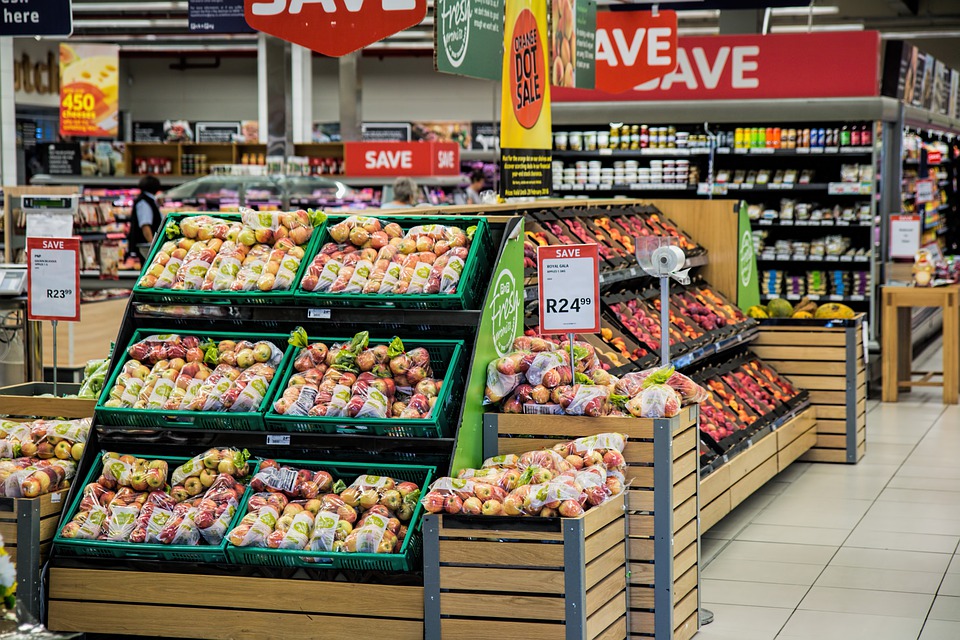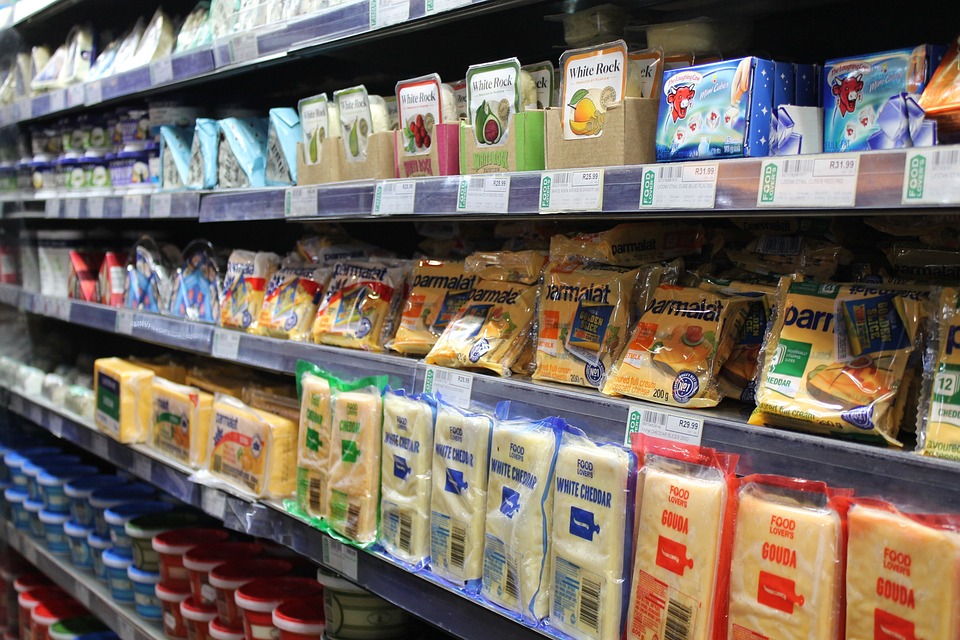
What Is Organic Food?
We’ve all been to a grocery store or farmer’s market with foods labeled as organic.
Organic produce is grown without synthetic pesticides, synthetic fertilizers, or genetically modified organisms. Animals raised for meat are fed organic feed and have access to the outdoors all year. Ruminants need to eat at least 30 percent of their food from pasture.
Also, foods that are made with at least 95 percent organic ingredients are allowed to have the organic label. In order to be labeled as “made with organic ingredients”, a food must contain at least 70% organic ingredients. A food that is made entirely of organic ingredients must display this percentage on its labels.
Organic Food Was Born As A Philosophical Movement
When there is a lot of confusion, it is helpful to start from the beginning. The development of organic agriculture was spurred by the intensification of regular agriculture in the early 1900s. Rudolf Steiner, Eva Balfour, and Albert Howard thought about a system that would be more in line with nature. Small farmers felt that they needed to respond to the industrial and aggressive agriculture that they saw around them. Howard was an agricultural researcher who worked in India and was inspired by the traditional practices he saw there. These practices seemed more sustainable to him than the industrialized practices he was witnessing in Europe. Rather, he saw biodynamic farming as a way to create a self-sustaining, holistic system that would be in harmony with both the natural world and the spiritual realm. While Steiner’s vision for biodynamic farming was primarily concerned with creating a self-sustaining system in harmony with nature, he also saw it as a way to connect with the spiritual realm. He saw organic as a social system, an alternative way to the way society has become too focused on machines.
The agricultural systems that are now the core of our food supply chains are not sustainable, as Steiner and his colleagues correctly determined. Now we know that our current, “conventional” agriculture based on monocultures, indiscriminate use of powerful synthetic fertilizers and pesticides, and increased animal farming, is one of the main causes of degradation to the environment caused by humans and increased global temperatures. The harmful effects of an increase in efficiency and mechanization of agriculture were largely ignored by the scientific community at that time. The term “conventional” was once used to describe cutting-edge of science and technology. Cutting-edge. It was considered necessary to have a way to feed an exponentially growing population.
Some people decided to take action towards organic farming during a discussion about agricultural direction. In the 1940s, the publisher J.I. Even though Rodale started to spread the concept of organic through his magazines, it remained on the sidelines of the public and political agenda. Meanwhile, the first Organic Farming and Gardening Society opened in Australia in 1944.
When Did We Turn To Organic?
The turning point in the Cold War was in 1962. A time when anxiety for the future was supported by faith in science, which guaranteed security and prosperity. In 1962 Rachel Carson published “Silent Spring”, a book about the devastating effects of DDT and other pesticides on the environment.
DDT, which stands for dichloro-diphenyl-trichloroethane, was developed in the 1940s to be the first synthetic insecticide. This drug was very effective in treating malaria, typhus, and other diseases caused by insects. In addition to being effective for controlling insects in crop and livestock production, it was also effective in controlling insects. In 1972, the Environmental Protection Agency (EPA) issued a cancellation order for the insecticide DDT, due to its adverse environmental effects.
” An American television show from that time claims that this book was one of the nation’s best sellers. This far, approximately 500,000 copies have been bought, and Silent Spring has been vociferously called the most debated book of the year. The book had a huge impact on the US government’s decision to ban DDT usage ten years later. It also made the general public think that maybe we had sacrificed something important in exchange for efficiency and abundance. It may have been more sensible to revive older methods. This is when the organic mission started to show signs of becoming a social movement. In the 1980s, groups of farmers and consumers began to put pressure on governments to recognise organic farming as an official standard. In the 1990s, the first regulations and certifications began to be introduced. As the world began to learn more about the benefits of organic products in the early 2000s, the demand for these items increased rapidly. North America and Europe were at the forefront of this movement, as they were the most eager to embrace this new way of living.
What Does It Mean To Do Organic Farming?
Different countries have different regulations regarding organic practices, but there are some general principles that are usually followed, such as those related to health, ecology, fairness, and care. We generally believe that these practices allow us to be more gentle with our crops- meaning we use less resources overall to produce the food we need. Organic rules prohibit the use of GMOs, forbid the use of ionizing radiation, limit the use of artificial fertilizers, herbicides, and pesticides, prohibit the use of hormones, and restrict the use of antibiotics only when necessary for animal health.
Although organic foods are often thought to be better for the environment, health, and society, some sources suggest that they may not be much better than non-organic foods. I have researched both sides of the organic food debate in order to provide a brief overview of the most common criticisms of organic food along with rebuttals from the pro-organic side.
1. Avoiding “Chemicals” Is A Close-Minded Way To Approach Agriculture
Organic agriculture relies mostly on natural pesticides, with only a few synthetic (approved) pesticides in use. These natural pesticides include biopesticides, which are naturally occurring biochemical pesticides, such as neem oil extracted from a tree. Some people think that organic food is better for you because it has fewer artificial chemicals in it. There is a strong emphasis on using fewer chemicals in organic agriculture. Every substance is chemical because every substance is made up of molecules. This means that the chemical structure of some biopesticides can make them non-selective, meaning they can kill other living beings that are within their range, not just the pests that destroy crops. Some people argue that biopesticides were banned by the USDA and the European Union because they were concerned about potential health and environmental impacts. An example of a naturally-occurring pesticide is Rotenone. It has been used widely for decades because it is derived from plants or other natural sources. However, rotenone is highly dangerous: research found that exposure to rotenone causes Parkinson’s Disease-like symptoms in rats, and has the potential to kill or at least damage many species, including humans, because of its acute toxicity. This is why it was not approved for use in the European Union at a later point. Natural pesticides such as Pyrethrin are still approved for use in the EU.
Answer
Although it is true that rejecting anything “chemical” is an example of the limits of organic, sometimes this mindset is too rigid and goes against scientific evidence. However, it is also true that chemical synthesis fertilizer is designed to be more powerful and effective than natural fertilizer. The use of powerful fertilizers on conventional farms is more detrimental to biodiversity than the limited use of them on certified organic farms.
2. Organic Food Is Not Necessarily Better For Our Health
While organic food may have fewer harmful residues, the amount of pesticides permitted by the European Union for conventional agriculture is low enough that it does not pose a threat to our health. Products that are labeled as organic may sometimes contain pesticide residues. In addition, vitamins and minerals can only be added to organic foods if it is required by law. This means that organic Alternatives to cow’s milk could be less nutritious.
Answer
However, it is not only a question of pesticide residues and safety. It’s also a matter of nutrients and taste. Organic food is not only more nutritious, with more antioxidants and omega-3 fatty acids but is also generally considered to taste better.
The science behind whether organic food is actually more nutritious is not very strong, and more research is needed to figure out the role organic food plays in relation to other factors and health outcomes. The act of consuming organic food is often linked with other healthy lifestyle choices and diets, which in turn could lead to a lower Body Mass Index and obesity. These other factors could positively or negatively impact the findings of observational research.
3. Organic Doesn’t Necessarily Mean Better Conditions For Small Farmers
Small-scale farmers attempted to create this type of production in order to be more independent and receive proper compensation for their work. Despite the common perception, the current guidelines for organic certification make it more difficult for small farmers to qualify. Large producers of organic products have an advantage in the market due to their lower prices and government farming subsidies. This further reduces the benefits that small producers receive.
Answer
The problem is that they can’t expand at the same rate as the large companies It is true that smaller producers are starting to have difficulty, even in the organic sector. The issue is that they are not able to grow at the same pace as the larger companies. Overall, it is positive that more organic food is being produced. We should try to produce as much organic food as possible if it is truly better for the environment.
How Is the Organic Label Regulated?
A product cannot be called organic unless the food producer goes through a process to make sure the farm’s land, growing practices, and operations meet standards set by regulators. The NOP is the organization in the U.S. that regulates the organic label.
Organic food producers are required to update the NOP on their operation practices annually. The National Organic Program works with certified third-party organizations that inspect food producers’ operations on an annual basis.
Before 2013, there were no requirements for certifiers to test residue on food products. Now, certifiers are required to test residue on at least 5 percent of the food products they certify. This test can help identify food producers who are not adhering to strict organic guidelines.
The USDA maintains a database of certified organic operations in order to ensure the organic integrity of these businesses.
Organic Imports
Organic foods that are imported must be certified by an NOP-accredited certifying agent or by an equivalent organization in the country of origin if the country has similar regulations. In countries that don’t have organic certification or different regulations, foods must be produced under a recognition agreement. This means that practices and operations that are being imported must meet NOP regulations.
Despite these safety regulations and measures, they are not always followed as they should be. In 2019, the NOP revoked organic certification from a Turkish supplier after they failed to investigate the most recent shipment, which was at high risk of being fraudulent.
How to Know If Organic Food Is Really Organic
An obvious concern is that organic food may not be actually organic and therefore not worth the cost.
While we may not be able to know if what we are eating is truly organic since there is no way to tell by looking at it, there are some things we can do to reduce the chances of getting fraudulent organic food:
- Grow a garden – If grown organically, you know your own vegetables will be safe. I always try to have something in my summer garden!
- Avoid imported foods (especially grains) – The main concern with fraudulent organic foods is imported grains, so avoiding imported foods when possible can help.
- Avoid grains altogether – Since grains are one of the biggest concerns for fraudulent organic food, avoiding grains when possible gives you a better chance of avoiding fraudulent foods.
- Shop local – The other side of the coin is to buy local organic produce. Foods produced in the U.S. are easier to regulate.
So What Is The Goal?
We want easy answers to our problems because it is easier to identify a label than to understand the complexity of the problem and the solution. Farmers who want to get government recognition for producing organic food must go through a costly and time-consuming certification process. People who cannot afford certification are excluded from practicing agroecology.
” Dr. Adrian Müller from the Research Institute of Organic Agriculture told me that the organic farming movement is not about converting all farms to organic methods, but about finding the best ways to work with nature. The goal is to use the knowledge gained from organic farming to shift the entire agricultural production system towards using fewer external inputs. In other words, we can take the best aspects of both conventional and organic agriculture to create an even better system.
Is Organic Food Worth it?
To figure out if organic foods are worth the cost you need to consider a few things:
- Is your organic food truly organic? – If it’s not, it’s probably not worth paying for.
- Can you get comparable food without the label? – Do you have a source for fresh produce or animal products that are produced in an acceptable way? Maybe paying extra for the label isn’t worth the cost.
- Can you afford organic food? – This is potentially the most important question to answer. While we can change our budgets to allow for more grocery money, sometimes it’s simply not possible to buy organic (or all organic).














